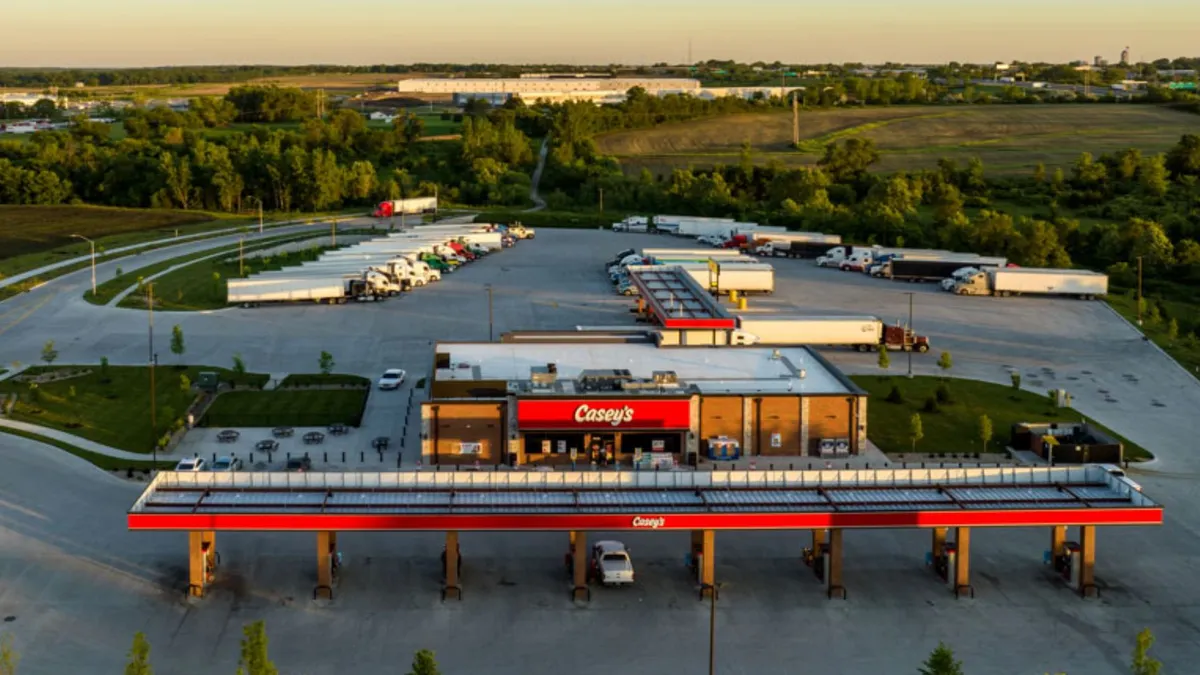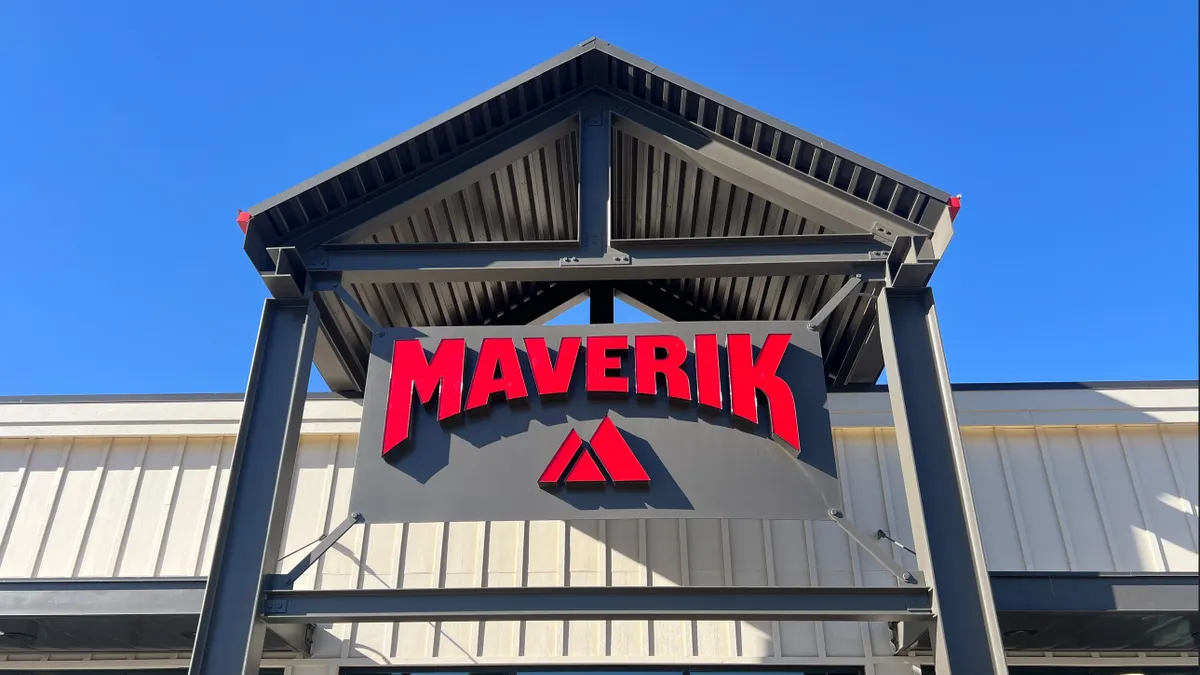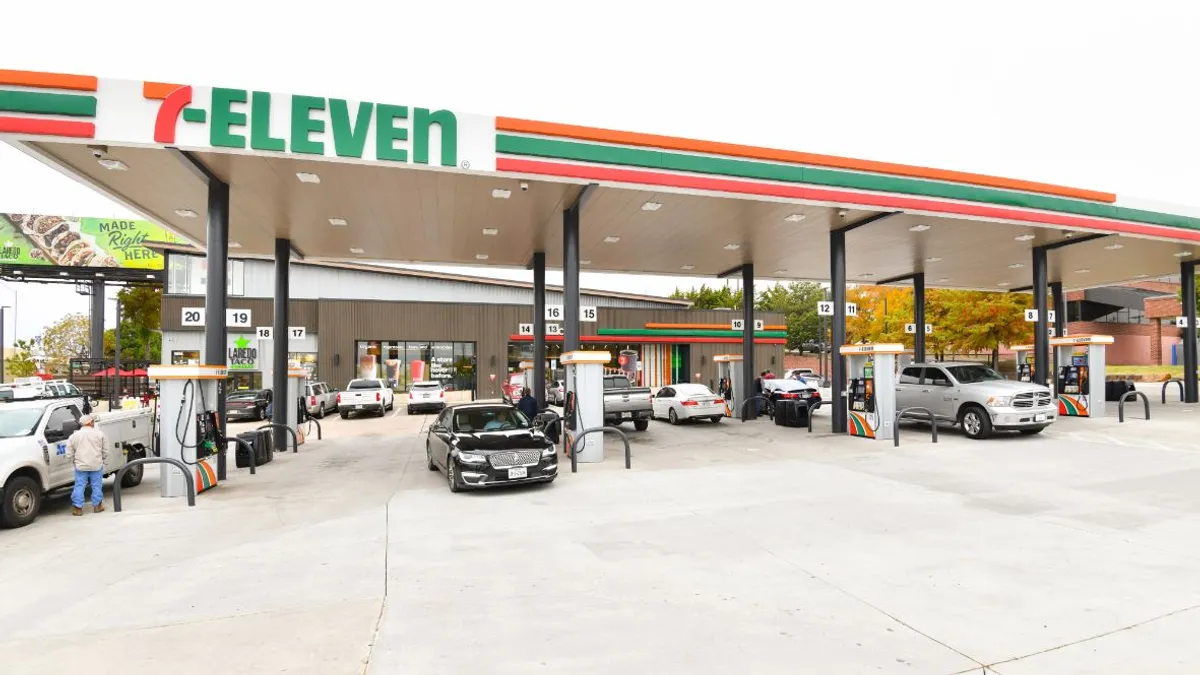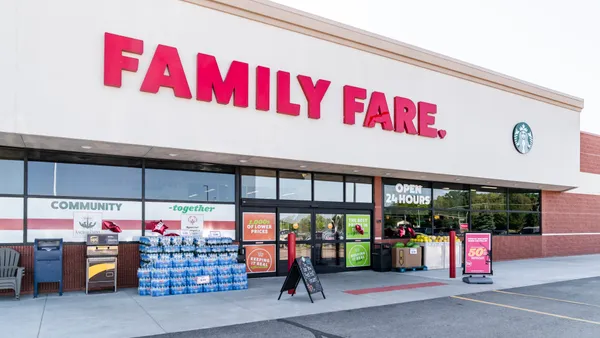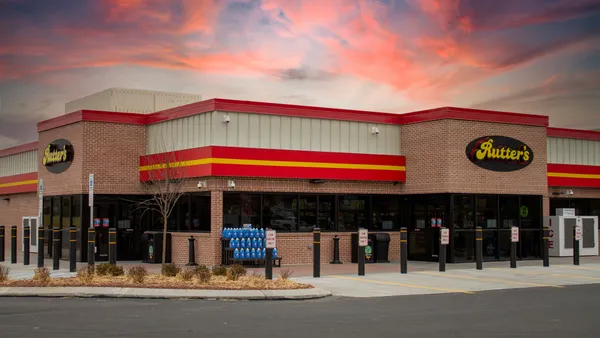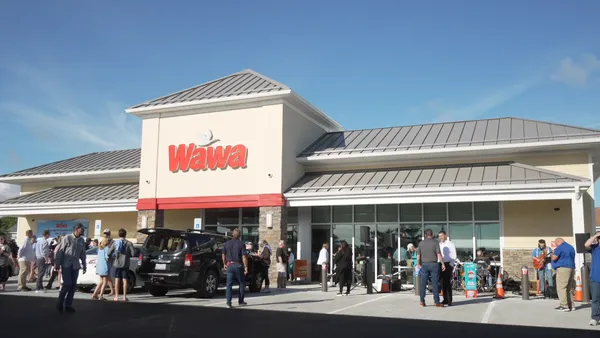Near the end of Casey’s General Stores’ investor day in late June, CEO Darren Rebelez gave the convenience store world a glimpse of the types of formats the Midwest retail giant is looking at over the next several years.
Large travel centers spanning over 7,000 square feet, Rebelez said, are in Casey’s line of sight.
Although he didn’t specify how many of these locations Casey’s has to date — a spokesperson from the retailer did not respond by press time to an inquiry for these details — Rebelez mentioned Casey’s already has some, and that they’ve performed well to this point.
“We think that it’s a good opportunity for us,” Rebelez said. “They're obviously more expensive to develop, but they are much higher in volume, [and] they tend to index higher on prepared foods, because that's a big need for the over-the-road driver.”
Casey’s isn’t the only traditional convenience store retailer diving head-first into travel centers.
QuikTrip, which has dabbled in the travel center business since the 1990s, debuted a “remote” travel center concept in 2020, which has since taken off and become a priority for the retailer moving forward, Aisha Jefferson-Smith, corporate communications manager, said in an interview.
The difference between QuikTrip’s two travel center formats is that remote sites are only built in new markets, specifically targeting areas near one of QuikTrip’s food distribution centers, Jefferson-Smith said.
To date, QuikTrip has 96 travel centers overall.
“We are anticipating a bright future for QuikTrip as our new remote store network initiative has taken off,” Jefferson-Smith said.
Meanwhile, RaceTrac, which had three travel centers as of 2021, now has 25 truck stops in its network, a company spokesperson said in an interview. Although they did not offer more details on the company’s growth plans for this format, they noted that “travel centers are the future” of the company.
For generations, convenience stores and travel centers operated somewhat separately due to their different customer bases. One targets quick visits and car drivers, while the other supports prolonged stays for truckers.
But over the past few years, the two segments have seemed to slowly merge, with traditional c-store players like Casey’s, QuikTrip and RaceTrac throwing their hats into the travel center ring.
It’s a move that makes sense for these operators, according to several experts and industry leaders.
Just ask Casey’s.
“When you have clean bathrooms, prepared foods, showers, laundry facilities, safe places to park — that's what's really attractive about [travel centers],” Rebelez said. “And so that's what we provide in our truck stops, and we'll continue to expand in that area.”
Did you see those margins?
Numerous experts agree that when run properly, the potential profitability of a travel center is significantly greater than that of a traditional convenience store. This is likely one of the foremost reasons traditional c-store operators are increasingly investing in these formats, many experts noted.
But why are travel centers such money makers? While there are many reasons, the two central factors are the sheer size and number of customers visiting travel centers compared to traditional c-stores, experts say.
Where the average c-store is often about 3,000 square feet, the typical travel center often doubles that. And depending on where a travel center is located, many of these sites can have up to 40,000 vehicles passing through their property every day, said Darren Schulte, vice president of membership for the National Association of Truck Stop Operators (NATSO).
“That's one piece to consider, just the sheer amount of potential customers you're going to get versus a traditional convenience store,” Schulte said.
Several experts also noted that travel centers have a diversity of profit centers, meaning because of their size, they can offer more products and services to both truckers and drivers than a standard c-store would.
Where a regular c-store might offer 7,000 SKUs, a travel center often has up to 20,000 offerings — leading to much more revenue — simply because there’s more space to hold them, Jeremie Myhren, former chief information officer for Road Ranger, and current co-founder of OnRamp, a trucking payment company, said in an interview.
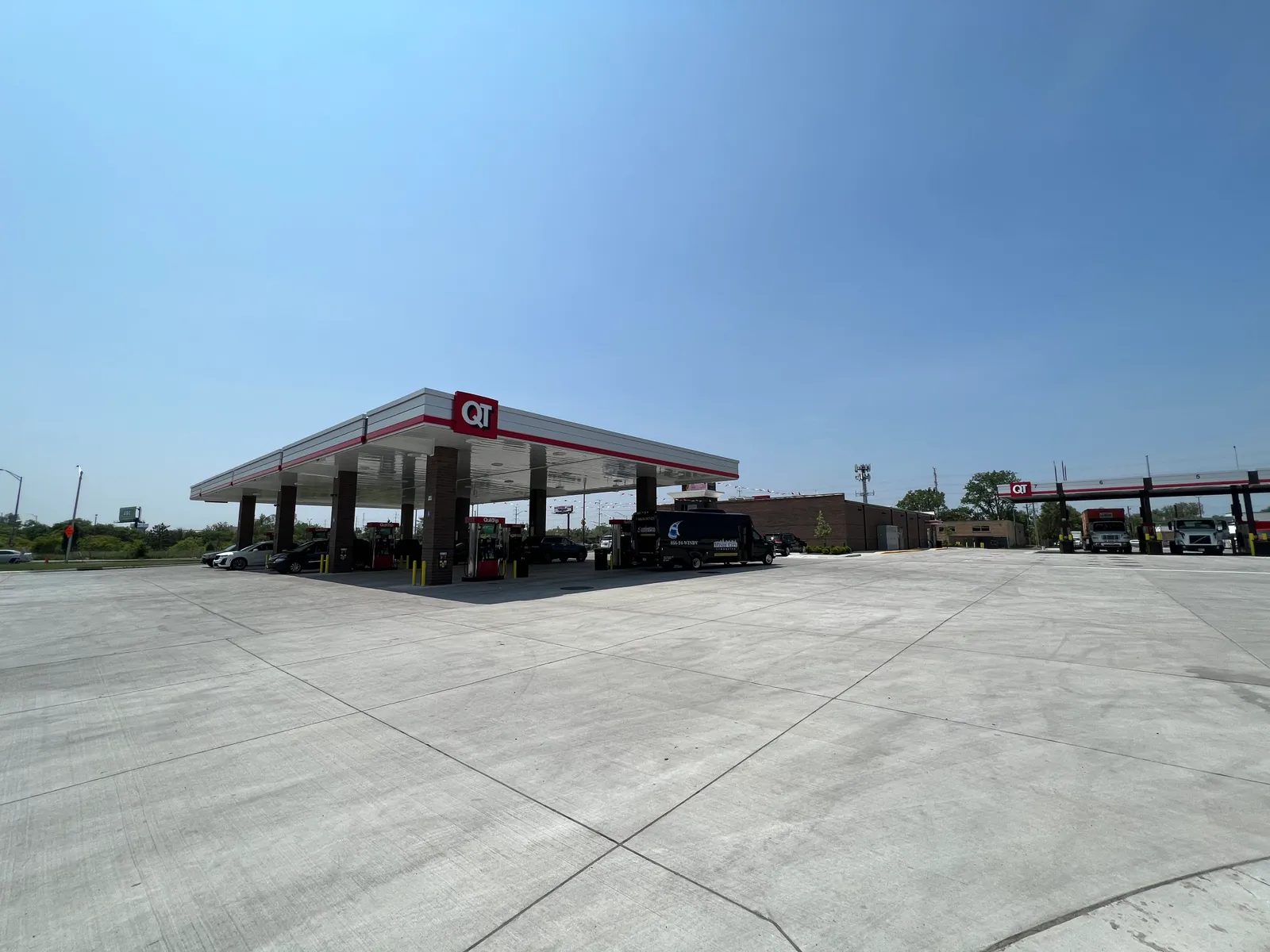
Beyond the products, a travel center’s massive space also ties to foodservice. Where a convenience store may have one quick-service restaurant attached to the building and maybe a proprietary food offering inside the store, a travel center might have up to three different QSRs, a sit down restaurant and its proprietary food program, Schulte said.
“The food offerings and the food revenue is significantly higher than a convenience store,” Schulted noted.
Travel centers’ high margins also stem from the amount of fuel they offer compared to regular c-stores.
For example, the average trucker’s fuel purchase is about 105 gallons, whereas a regular driver’s is about 13 gallons, Myhren said. He noted that diesel margins in the U.S. have been historically high for a long time, which can be an enticing reason for c-store operators to jump into travel centers all by itself.
“The margin is there on diesel,” said Peter Rasmussen, a former Wawa marketing manager and current founder and CEO of c-store consultancy Convenience and Energy Advisors. “You're supplying a lot more of it — 200 gallons to fill a tractor trailer certainly makes things exciting.”
Building a travel center isn’t cheap. They often cost around $10 million per site depending on the scope of amenities, compared to around $5 million for a standard c-store, Myhren said. But once the site is up and running — and if it’s in an ideal location off a major highway — the return on capital can be “exponentially higher,” than a standard c-store, he noted.
“I think a lot of folks have realized that, and that's fundamentally the driver to [traditional c-store retailers] getting into the space,” he said.
The energy play
It’s no secret that there’s an energy transition occurring in the face of climate change, and more and more businesses globally are investing in electric vehicle charging programs. In the c-store industry, EV charging has become one of the focal points over the past few years, as retailers wrestle with and prepare for a future where gasoline may be obsolete.
While electrification is certainly threatening to take over the trucking industry, it’s coming at a much slower pace than it is for standard cars, meaning vehicles with diesel engines — and the fueling stations that offer the corresponding amenities — will be around for much longer, multiple experts noted.
“I think convenience store operators are looking at that and saying, ‘You know what? My convenience stores may suffer with the change of the future of mobility, but travel centers have a much larger lifespan, and they're going to be here for a long time,’” Schulte said.
But even when EV charging takes over in the trucking space, drivers on long road trips or truckers who have been driving for hours on end will visit highway locations — travel centers’ bread and butter — for their charge, said Roy Strasburger, a former c-store operator and current CEO of StrasGlobal, a retail services firm. This would differ from urban consumers, who may more easily opt to charge at home, at their workplace or at another location.
“Stations and locations that are outside of the urban area are going to continue to be popular and continue to move,” Strasburger said. “EV charging is going to be a big deal on the highways.”
Investing in travel centers for EV charging purposes may also help traditional c-store retailers make electrification profitable, which many have struggled to do so far, said Lisa Biggs, a former retailer and president and CEO of c-store consultancy Impact21.
Having a large travel center with several amenities — from more products and foodservice options to hygiene or vehicle maintenance services — may appeal to highway drivers who are in need of their next charge more so than the urban EV driver, she noted.
“We want [consumers] to hang out for a while longer, and EV is a natural complement to that,” Biggs said. “Travel centers have been doing that for years. So that's more of a compliment to the larger-size footprint store than we've ever had in the past.”
Back in February, oil giant BP acquired TravelCenters of America for $1.3 billion. At the time, BP CEO Bernard Looney said BP made the purchase to create a “mobility site of the future” — a network that would allow BP to grow its convenience, bioenergy, EV charging and hydrogen “growth engines” as it aims to become an integrated energy company.
Moving forward, Myhren sees other travel centers taking a similar approach. He noted that the future of the travel center is what he calls an “energy oasis,” — a place for all forms of energy — which standard c-stores cannot capture.
“That's one reason to support the larger lot,” Myhren said.
Is the competition for real?
Even with brands like Casey’s, QuikTrip and RaceTrac — all of which have loyal followings — building their travel center networks, experts don’t foresee these retailers being much of a competitive threat to the established truck stop players like Pilot and Love’s Travel Stops & Country Stores.
At a high level, this is because brands like Pilot and Love’s have fuel supply agreements with trucking companies, meaning those truckers have to fuel up at whichever chain they’re signed up with. This drastically reduces the chance that brands like Casey’s or QuikTrip, even if they opened down the street from a Pilot or Love’s, would steal dollars from one of these established brands, Rasmussen said.
“That's why sometimes you may see a line of trucks queuing at, say, Pilot, but you look across the street and maybe there's an independent truck stop and the diesel bays are wide open,” Rasmussen said. “That's just because the truckers don't have a choice.”
Strasbuger agreed, pointing to the fuel supply contracts as well as general loyalty from fueling companies to the brands they work with as barriers for competition.
“I'm not sure how many of the truckers are going to switch over to a convenience store brand,” Strasburger said. “They may not feel like they meet their needs, they may not meet their image, they may not have the loyalty programs that the truck stops have.”
While experts like Rasmussen and Strasburger don’t foresee much competition between traditional c-stores and the bigger travel center brands, it’s a different story for independent truck stop companies, who often don’t have fuel supply agreements in place.
“What would scare me would be if some of the traditional convenience players like Casey's, RaceTrac or QuikTrip built across the street, because they're going to have a newer, beautiful store,” Rasmussen said. “They're going to be able to operate more efficiently than me.”
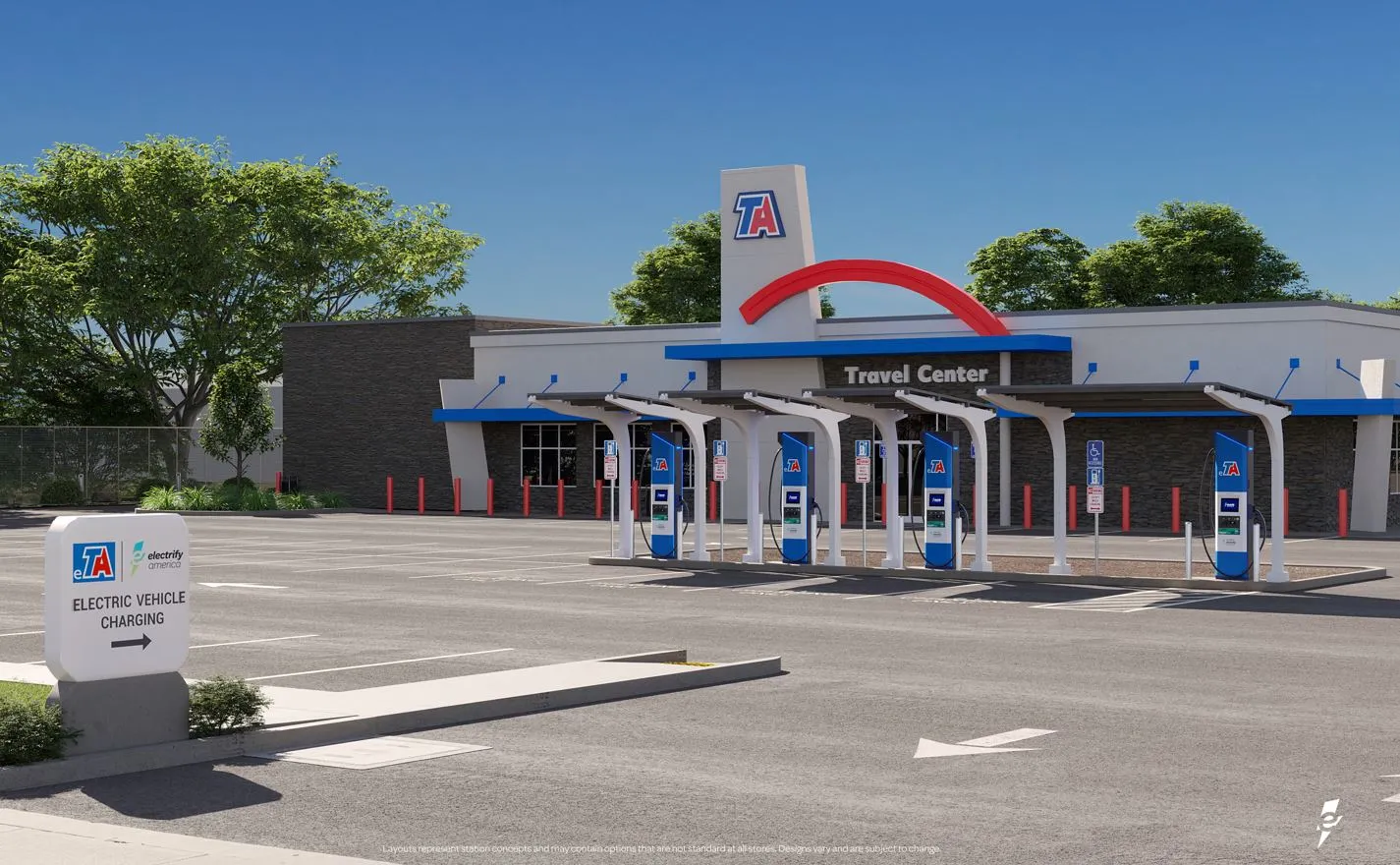
Although competition might be sparse between traditional c-store players and established travel center brands, Schulte doesn’t think it’s a coincidence that truck stop retailers like Pilot have invested in store remodels and ambitious growth initiatives in recent years.
He thinks the big players like Pilot and Love’s will relish the challenge that Casey’s, RaceTrac, QuikTrip and other traditional c-store operators bring to the truck stop space.
“There's nothing better than sharpening your saw,” Schulte said. “I believe that the chains recognize that certainly as competition, but also as an opportunity to improve, which I think lifts the entire industry up.”
It’s not that easy
Beyond not having the fuel supply agreements that Pilot and Love’s have, traditional retailers deciding to invest in travel centers face several other challenges.
For starters, travel centers are an entirely different business than convenience stores, Strasburger said. Where convenience stores are historically built for quick visits, travel centers need the amenities and space to keep truck drivers on site for long periods of time — and require more resources than a standard c-store.
“There's a whole lot more moving parts to the business,” Strasburger said. “You need to be able to not just run a convenience store and foodservice program, but also the trucker lounges and the showers and everything else that goes with that from a management and organizational point of view.”
Due to how much bigger travel centers are than standard c-stores, convenience retailers entering the truck stop space need to think about things such as how they want to build out their parking, the types of amenities they’d like to offer, how many foodservice options they’ll need and more, Schulte said.
“There are just so many different challenges that these folks experience as soon as they start breaking into the [travel center] space,” he noted.
Another challenge traditional retails face when getting into travel centers is staffing, Strasbuger said. These types of locations ideally need 50 to 60 people to run them, and since they’re often located in rural, sparsely populated areas, finding those people can be difficult, he said.
Additionally, Strasburger noted bringing in the proper fueling equipment — such as high-speed diesel and satellite pumps — can get quite expensive.
“I think the two biggest challenges are the financials and ... just keeping enough people on staff to make sure that it's functioning properly,” he said.
While Strasbuger also foresees this trend continuing, he warns c-store retailers to make sure they don’t cannibalize their own markets if they hop onto the truck stop bandwagon.
“Convenience store operators tend to think more of clustering stores together to be able to manage them as a unit,” he said. “And I think that if you start building a truck stop every 50 miles, you're going to be taking away that customer that would have stopped every 100 or every 200 miles.”
Money is tight in the c-store industry — experts have said retailers should brace for inflation through the rest of the year. But with c-store retailers constantly focused on growing the number of stores in their networks, purchasing or building a travel center may be a solution to boosting profits.
“If you only have so much money in the pot each year for new stores, why wouldn't you?” Rasmussen said.



